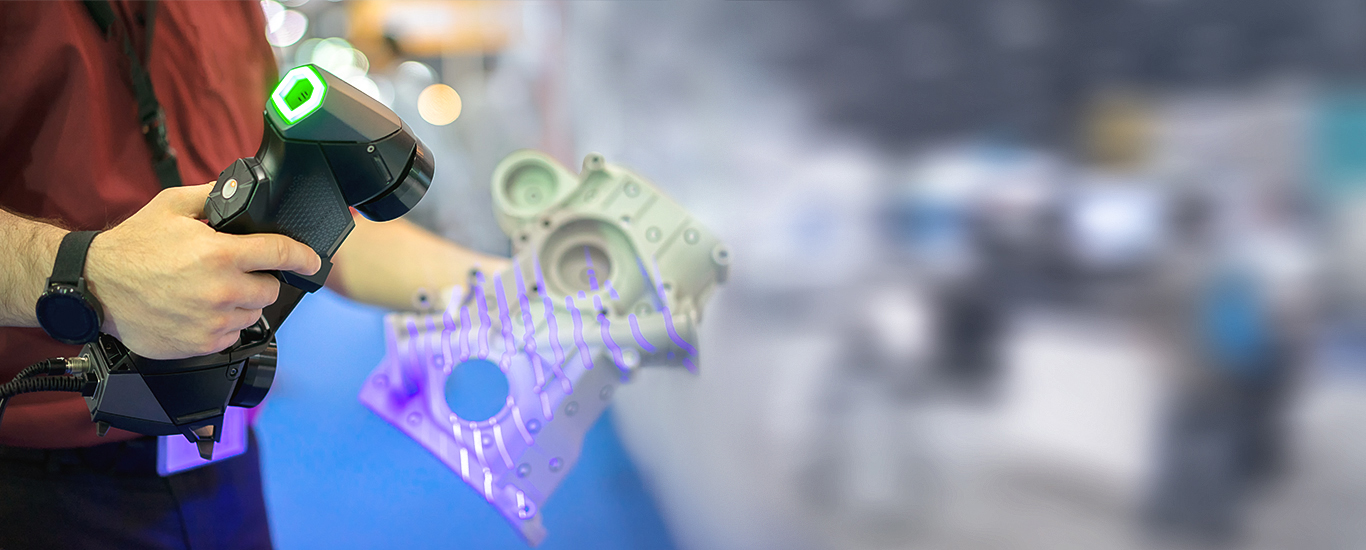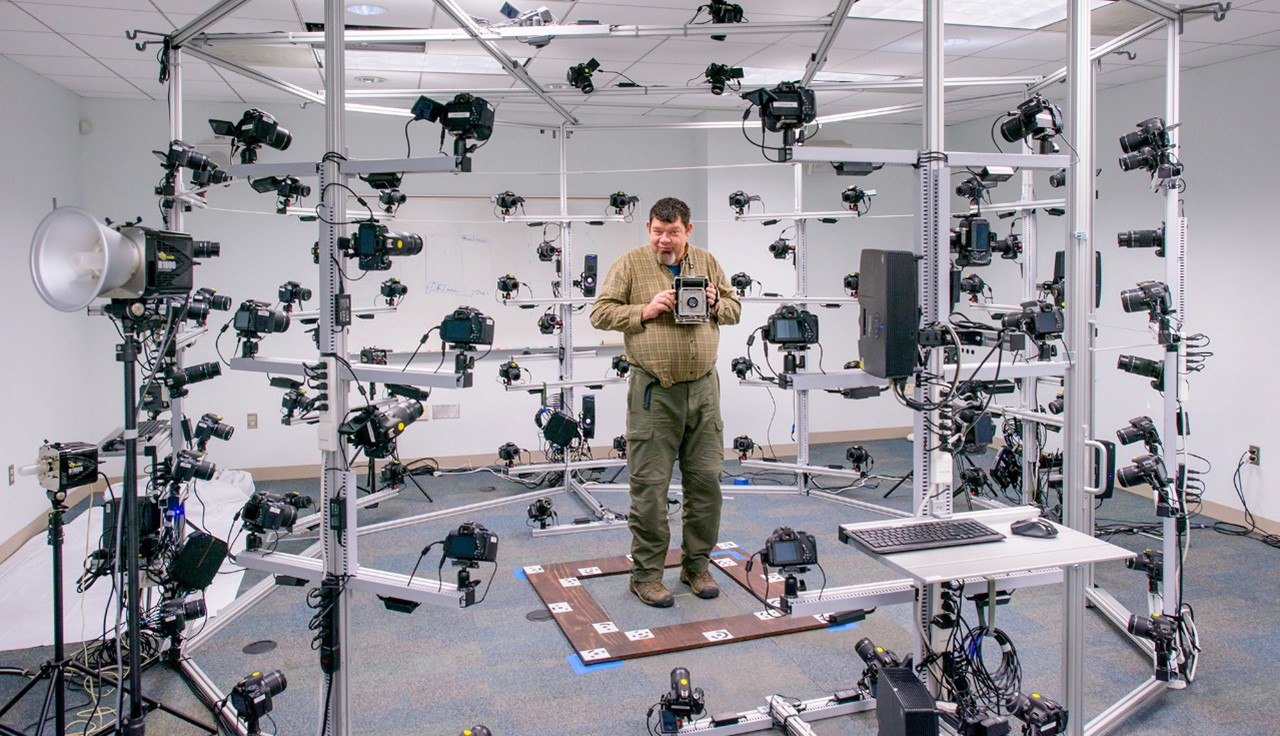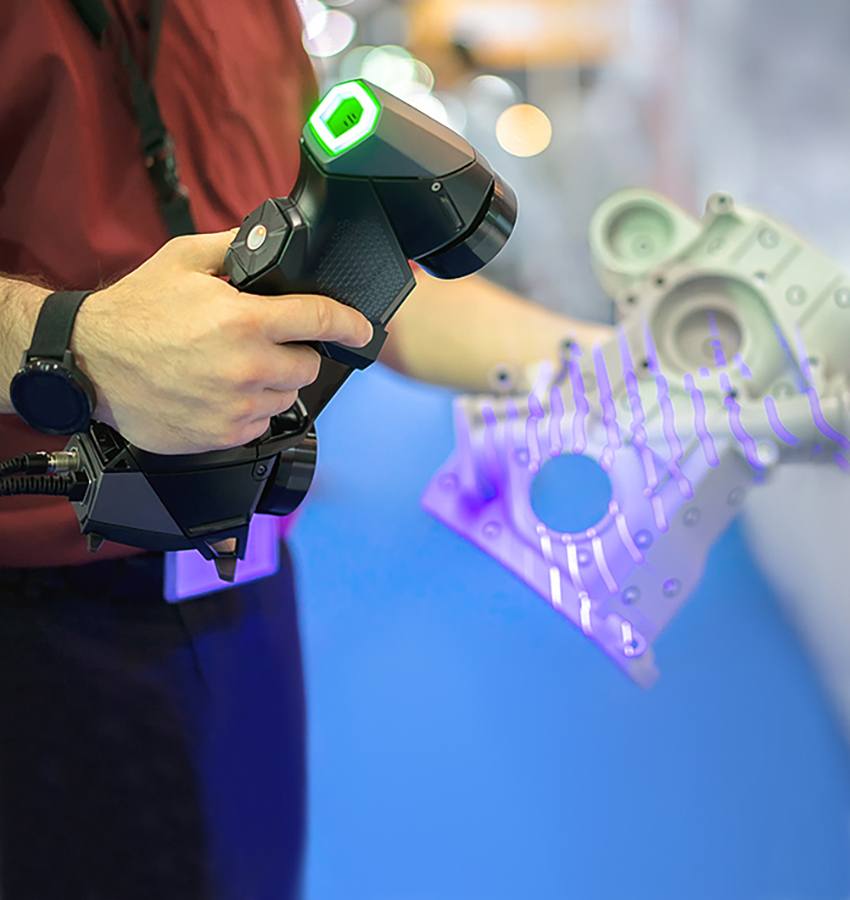
Introduction
Ever since the first computer graphics capabilities were invented. There has been an ongoing endeavor to capture the brilliance and complexity of the real world in virtual space. 3D modeling software allowed engineers and visualizers to create lifelike 3D models & 3D scanning; however, this is a time and effort-intensive process. Furthermore, it is not the most efficient way to convert already existing physical objects into digital replicas. Enter 3D Scanning.
What is 3D Scanning?
As the name suggests, 3D Scanning is a method to replicate the contours and complex features of a 3D object and reproduce a 3D object in virtual space. Early contact-based industrial 3D scanners were slow and limited in their usefulness. The technology has only become viable for widespread usage since the late 1990s. When the first practical “contactless” scanners based on optical technology became available to commercial clients. Today these are available for a variety of Medical, Industrial, Topographical, and general applications. Besides specialized medical applications like CT and MRI scanners. The mainstream applications of 3D Scanning include 3D object creation for virtual/augmented reality. The video game, simulation, 3D printing, and multiple other industries.
How Does it Work?
Depending on the application, 3D Scanning can employ various technologies, including “Active”, “Volumetric”, and “Passive” methods. While both active and volumetric approaches require a beam of light or other forms of energy (e.g., ultrasound) to be emitted and then measured, a “passive” approach uses sensors that use imaging based on ambient light. In a sense, passive 3D scanning is analogous to photography, which uses ambient light to create an image.

Photographs taken from all angles to then be stitched digitally to create a 3D rendering.
Of the many passive 3D Scanning technologies available today, one of the most interesting is “Photogrammetry”, the science of using geometry and mathematics to extract 3D information from photographs. The basic technique involves taking a series of overlapping photographs of the target object and using specialized software to “stitch” the photos into a high-quality 3D object. What makes this technique really exciting is its simplicity and low cost. The photography itself can be done using a DSLR or even a good-quality smartphone camera! The photographer either walks around the object. Taking overlapping photos of the object from every angle or uses a turntable to keep the camera steady while the object is rotated. On average, anywhere between 40 and 80 photographs from all angles are considered necessary to produce a good result.
The photographs are then loaded into specialized software that detects the overlap between photos and automatically arranges them into a 3D surface. Photogrammetry software comes in all shapes and sizes, from free yet highly capable programs (e.g. Meshroom) to specialized programs for aerial Photogrammetry that cost thousands of dollars. A variety of output files allow the 3D objects to be exported to other programs like Autodesk Maya or even directly as STL files to 3D printers.
Applications
With such low entry barriers, Photogrammetry has become the “go-to” technology for all sorts of applications. It is used in various fields like large-scale object conversion. Creates object libraries for AR/VR, gaming, eLearning, and in other similar applications as well. It is also being used for specialized architectural mapping (e.g., of stationary large-size objects like forts, historical monuments, buildings, etc.). In mass-market commercial applications. It is already being used to quickly scan furniture, appliances, and entire houses. Which can then be manipulated in software like Adobe Lightroom to create photorealistic room settings for product brochures. Online apps to help clients choose new furniture or room fixtures, and real estate applications, among others. We foresee photogrammetry doing to 3D Scanning and all its associated applications, what digital photography did to visual media.
How to Get Started
If you are ready to start using Photogrammetry for eCommerce, Gaming, VR applications, 3D printing, or even just as a hobby. It is really easy to get started! All you need is a computer with a good graphics card and decent memory (at least 8 GB for small projects), a couple of free programs (Meshroom & Meshlab are great starting points), and a decent digital camera (even high-end smartphones will work well) and software to edit the metadata. Alternatively, consider engaging an experienced 3D Scanning and editing consultant like Manipal Digital Systems for a turnkey approach.
Manipal’s helpful team will walk you through exactly what you need for your setup. How to take your photos, and how to send them in. From there, you get back neatly edited, clean 3D object files. They will also help you understand how you will need to export them and enable you to optimize your entire workflow so you can focus on your creativity!



